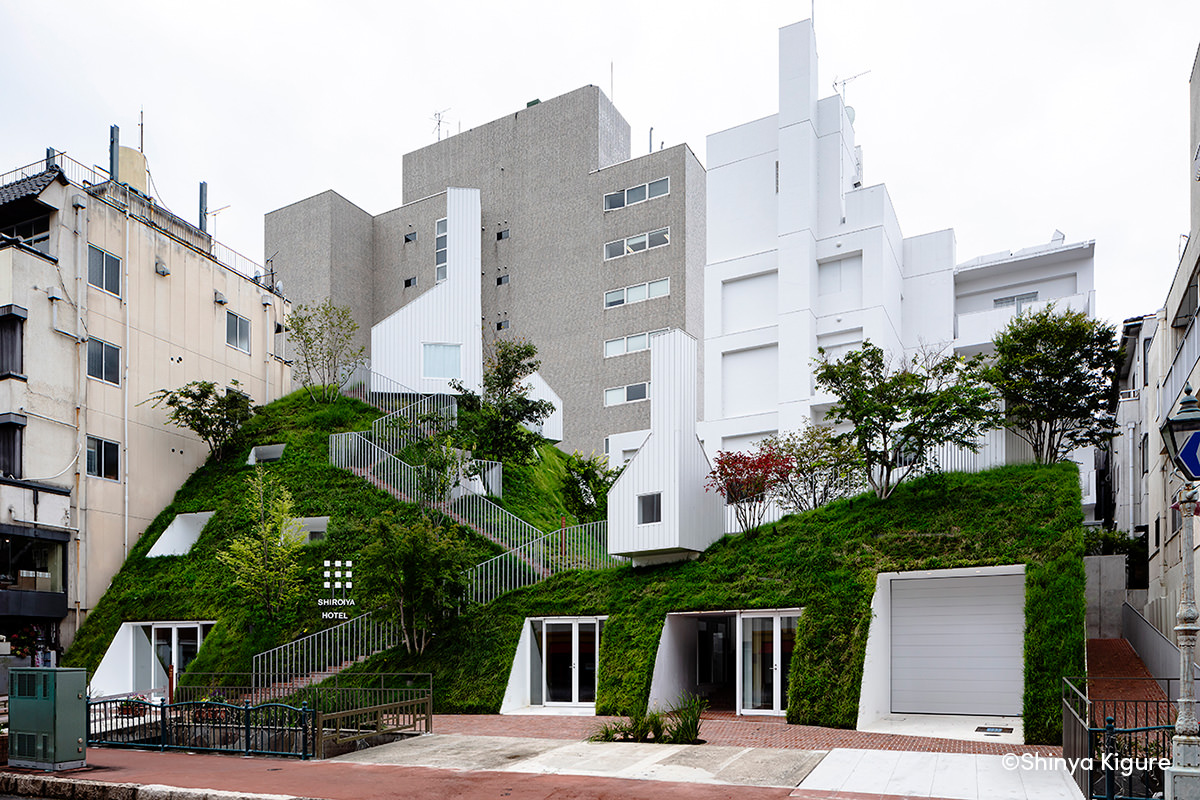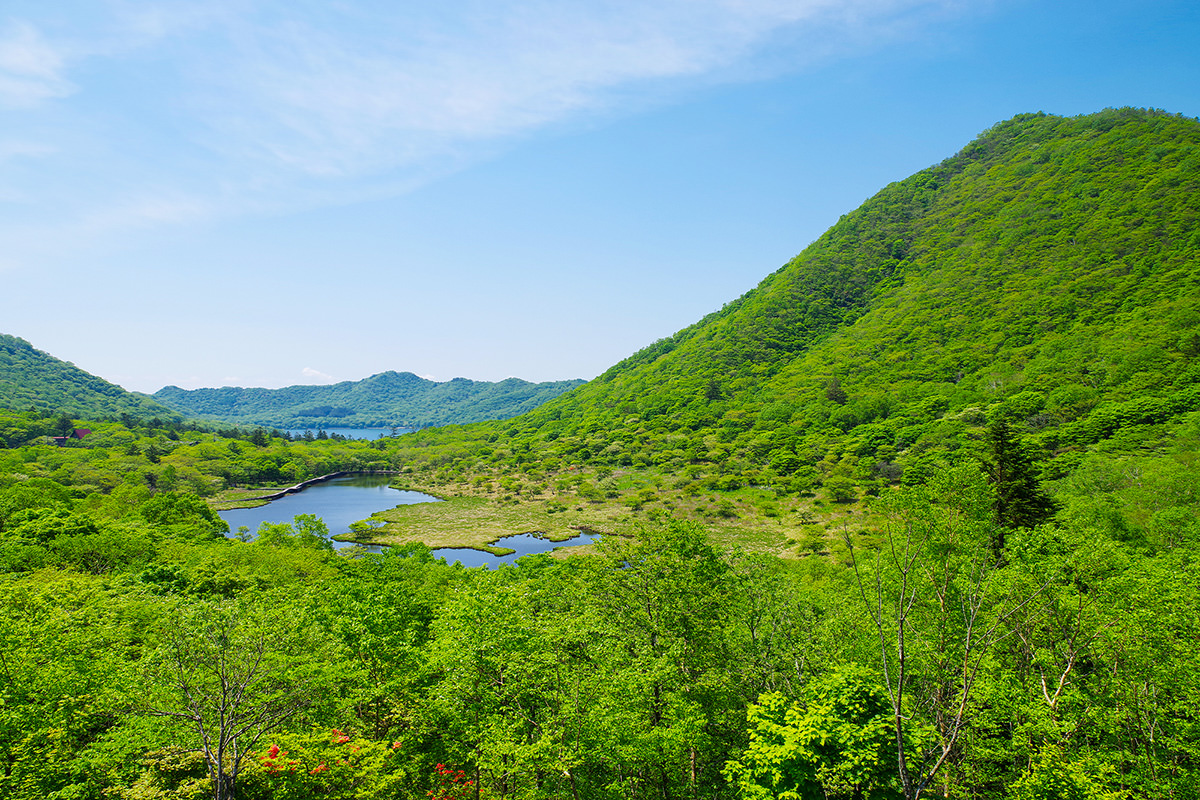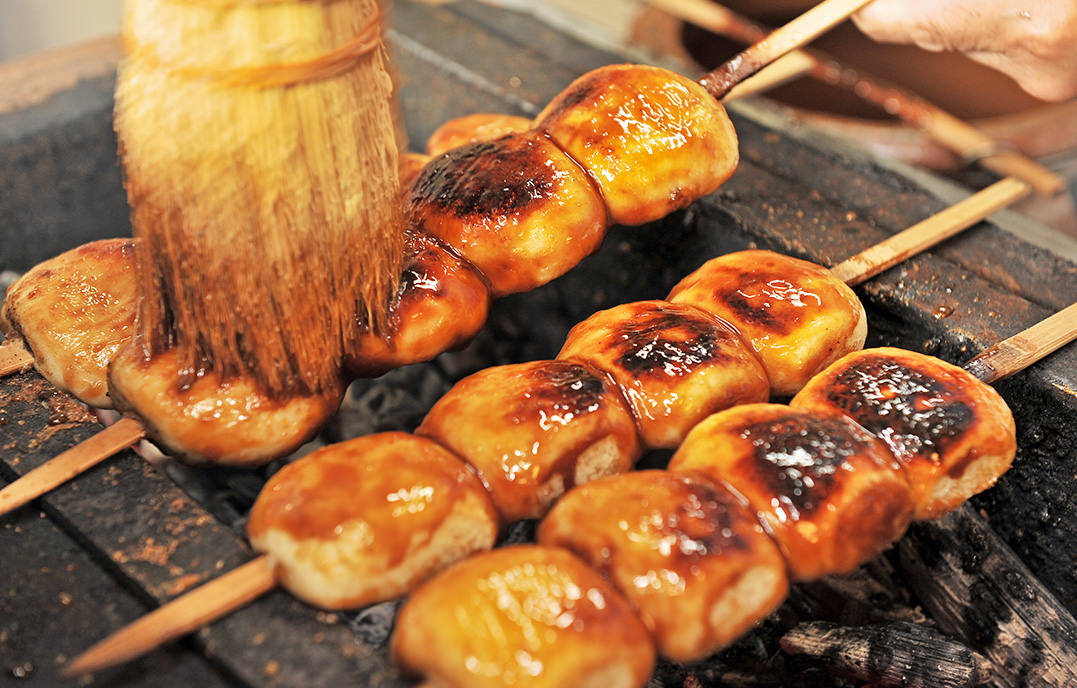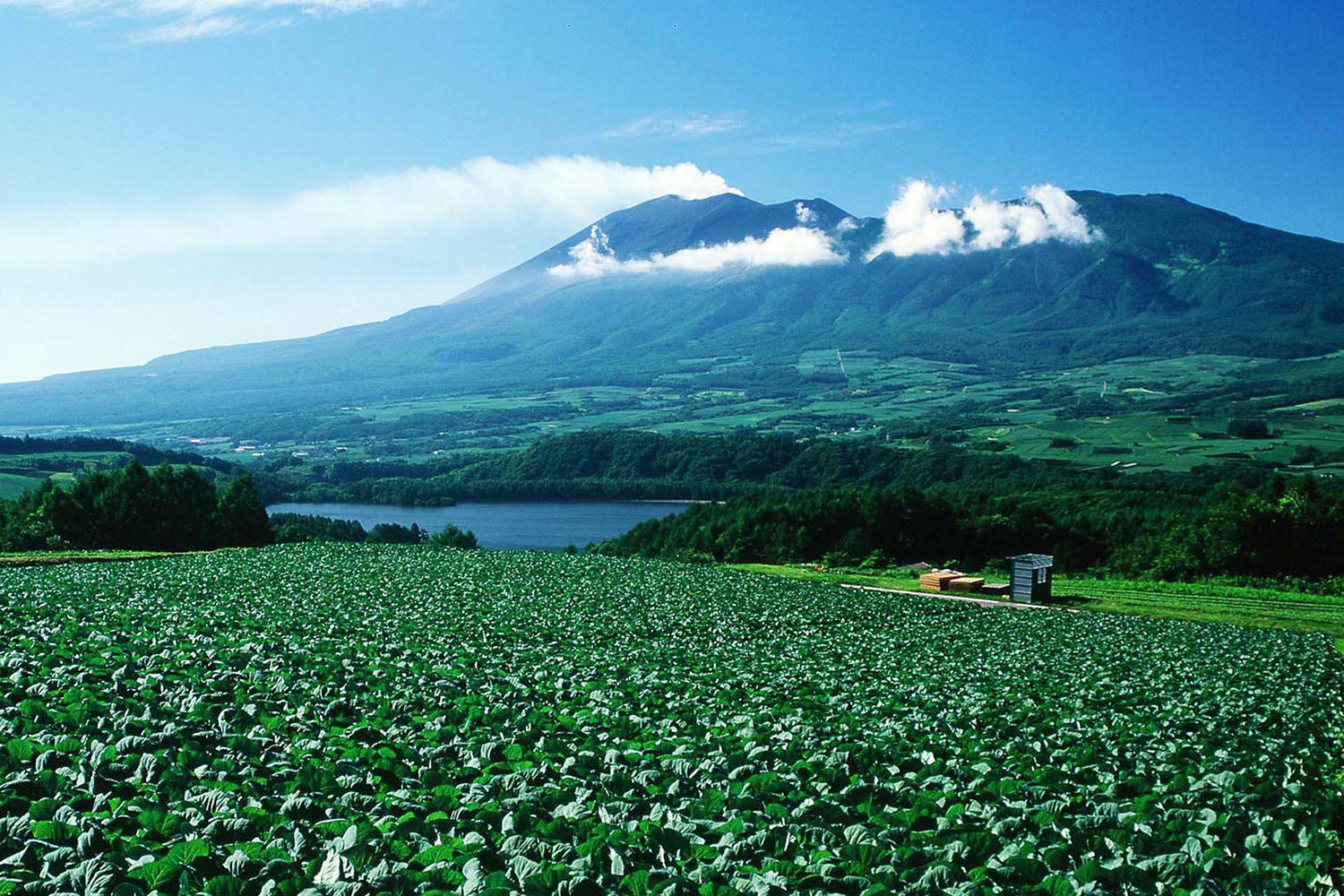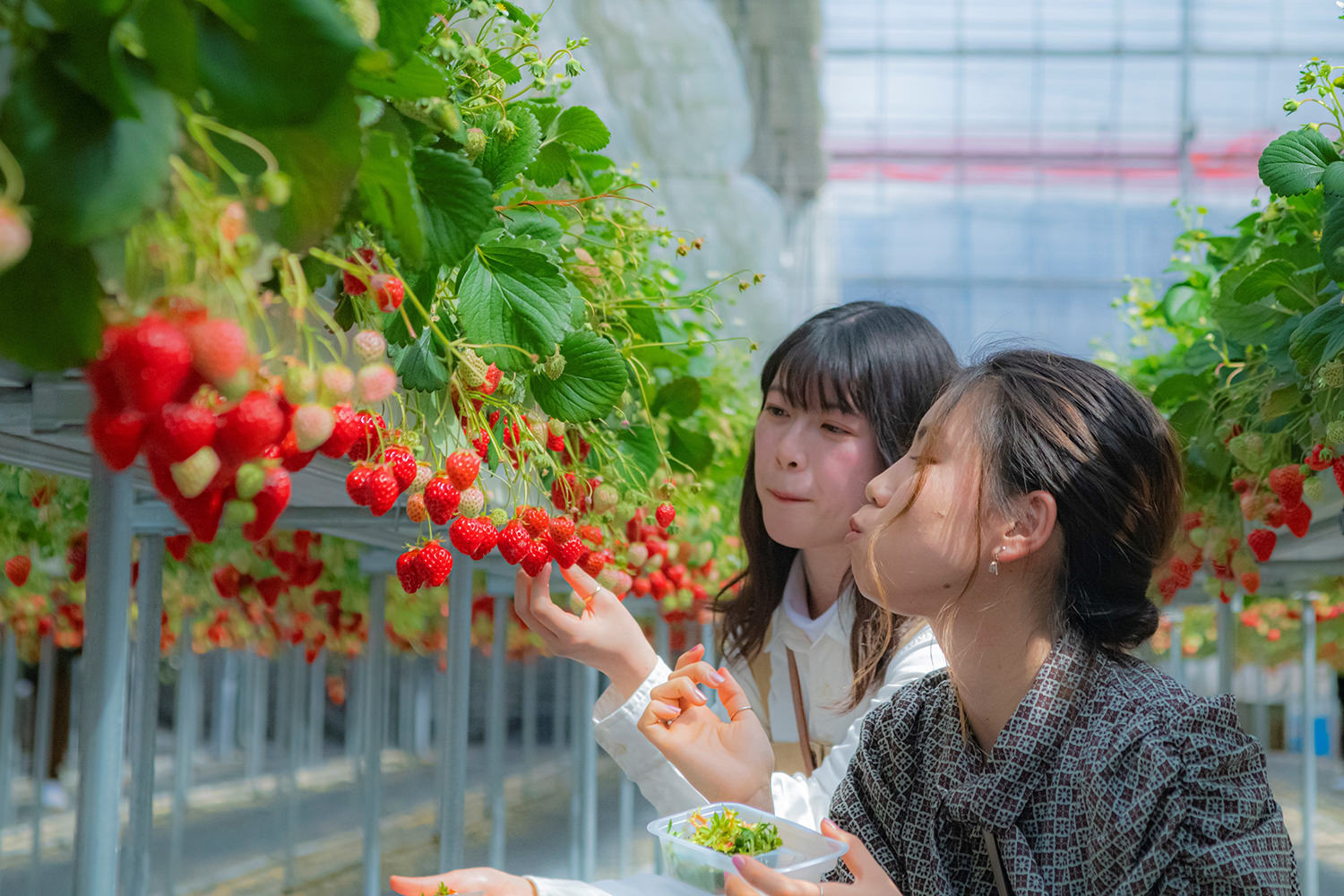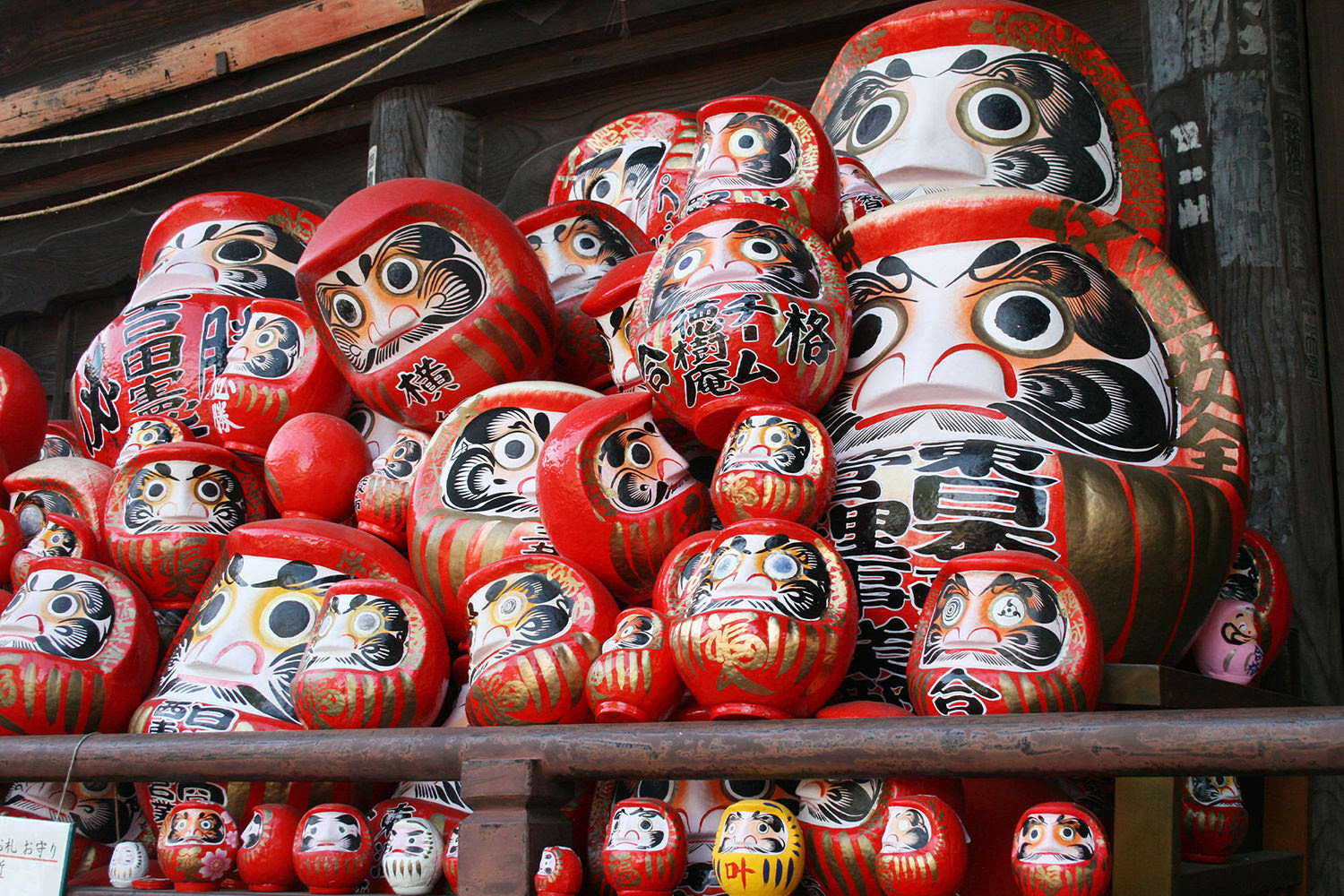STORY
Gourmet Adventures: Exploring Gunma's Terroir
With a rich natural environment and the passion of local producers, Gunma is making its mark on the world of cuisine

Last updated: March 07, 2025
Gunma has long been an agricultural powerhouse with volcanic soil, clean water, and an ideal climate for growing crops and raising livestock. While the prefecture has long supplied Japan’s kitchens with delicious ingredients, the products of Gunma’s terroir are now attracting the attention of chefs around the globe.















